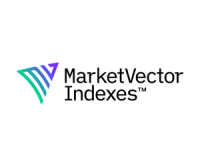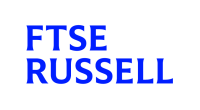All topics
Benchmarks and the New Era for Index Investing

The latest innovative thinking on benchmarks and index investing
This selection offers investors practical and timely insights into various benchmarking and indexing approaches. Importantly, it doesn't just focus on financial markets or asset classes, but also on economic developments. Below you can find views on the CAPE Index, the S&P 500 benchmark, assessing downturn risk in EMs and DMs with an index approach, and much more.
Why Does the S&P 500 Matter To The U.K.? (S&P Dow Jones Indices)
For global allocators predominantly investing in U.K. equities, U.S. stocks remain important in several investment contexts.
Are We Reaching Peak Passive Investment? (Morningstar)
Over the last few decades, the U.S. market has become increasingly passive for a number of reasons. However, are investors witnessing the peak of this development?
Why Have EM Become Less Risky Than DM? An Index Approach. (Qontigo)
Applying an index approach, this paper shows that EMs' downturn risk has been lower in 2022, and into 2023, then that of DMs.
Podcast: Making The Case For Indexing (Vanguard)
For compliance reasons, this paper is only accessible in the United States
Index investing has grown over the last few decades. Is the approach still attractive today? A few compelling answers are offered in this podcast.
ESG's Impact on a Weight-Tilted Hang Seng Index (Hong Kong Academy of Finance)
The value-weighted free-float adjusted Hang Seng Index is the gauge of the blue-chip stocks listed on the Hong Kong Stock Exchange. How have ESG factors impact this benchmark?
Unpacking the CAPE Index (DoubleLine)
Since its inception in 2012, the CAPE Index has performed better than the S&P 500. What were the causes behind this overperformance?
A Tax-Loss Harvesting Horserace: Direct Indexing vs. ETFs (NVDR)
This paper looks at what is better for tax-loss harvesting: ETFs or direct indexing, offering a solid academic model to support its conclusion.
Global Supply Chain Pressure Index: The China Factor (FRBNY)
The Global Supply Chain Pressure Index is a global measure designed to capture supply chain disruptions using a range of indicators.
The Disappearing Index Effect
S&P 500 index changes have been around since 1957, but it took until the 2010s for the market to provide meaningful liquidity around index changes.





